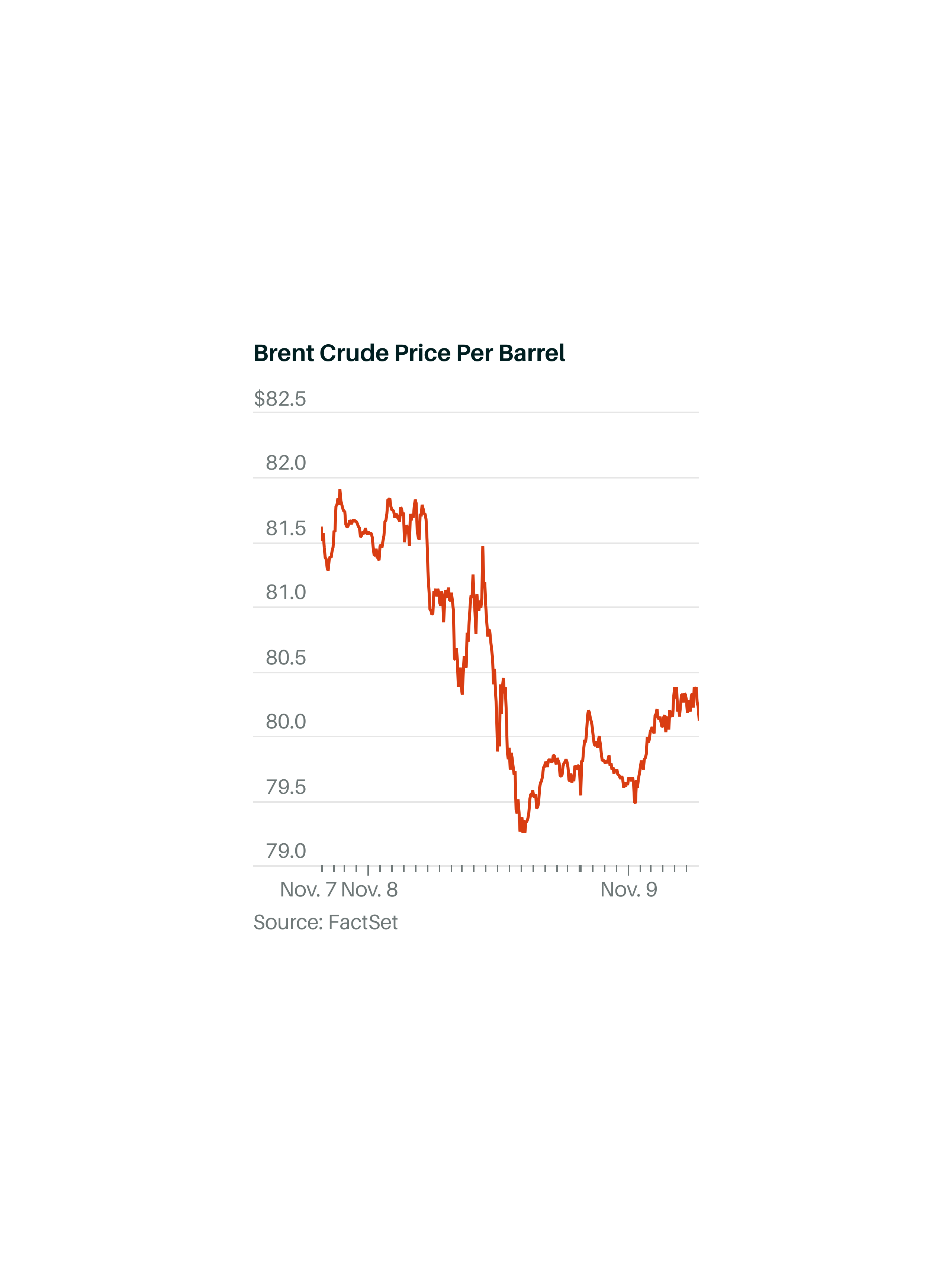Is Energy Australia's Go Neutral Program Greenwashing? A Case Study

Table of Contents
Examining Energy Australia's Go Neutral Program Claims
Energy Australia's Go Neutral program promises carbon neutrality through a multi-pronged approach. The company highlights several key initiatives:
- Investment in renewable energy sources: The program emphasizes investments in solar, wind, and potentially other renewable energy sources.
- Carbon offsetting projects: A substantial portion of the program focuses on purchasing carbon credits from various offsetting projects.
- Energy efficiency initiatives: Energy Australia also promotes energy efficiency measures for its customers and within its operations.
However, the transparency of these claims requires further scrutiny. The methodology for calculating carbon neutrality isn't always clearly articulated. While some data is publicly available, independent verification from credible sources is often lacking, hindering a comprehensive assessment of the program's true impact. This lack of transparency raises concerns about the accuracy and reliability of their stated achievements.
Scrutinizing the Carbon Offsetting Component
A critical aspect of Energy Australia's Go Neutral program is its reliance on carbon offsetting. The type of projects used and their quality are crucial in determining the program's effectiveness. Concerns arise when considering:
- Project quality and verification: Are the offset projects certified by reputable organizations, ensuring high environmental integrity and verifiable emission reductions? Or are they questionable projects with limited impact?
- Additionality: A crucial element is whether the offset projects would have occurred independently of Energy Australia's investment. If these projects would have proceeded regardless, the carbon offsets don't represent genuine emission reductions.
- Permanence: The long-term impact of carbon sequestration projects is crucial. Are the methods used to sequester carbon durable and resistant to unforeseen events that could release the stored carbon back into the atmosphere?
The lack of detailed information regarding the specific offset projects used raises serious doubts. Without transparent disclosure and independent verification, it's difficult to assess whether these offsets truly neutralize Energy Australia's carbon footprint.
Assessment of Energy Australia's Renewable Energy Investments
Energy Australia's investments in renewable energy are essential to its Go Neutral strategy. The scale and type of these investments significantly impact the program's credibility. We need to consider:
- Investment scale: Are the investments in renewable energy substantial enough to meaningfully offset the company's fossil fuel-based energy generation? Or are they token gestures compared to their overall carbon footprint?
- Renewable energy source: The type of renewable energy is also critical. Investing in large-scale solar and wind farms has a greater environmental benefit than smaller, less impactful projects.
- Specific examples: While Energy Australia highlights some renewable energy projects, detailed information on capacity, location, and technology used is often limited, making independent assessment difficult.
A detailed comparison between the scale of renewable energy investment and the overall energy production is necessary to determine the effectiveness of this component of the Go Neutral program.
Independent Analysis and Expert Opinions
Independent assessments of Energy Australia's sustainability efforts are crucial in evaluating the program's claims. Several reputable environmental organizations and researchers have analyzed the company's actions. These analyses often highlight:
- Concerns regarding transparency: Many independent reports point to a lack of transparency in the methodology and data supporting Energy Australia's carbon neutrality claims.
- Questionable offsetting practices: Experts express concerns about the quality and additionality of the carbon offset projects utilized by the company.
- Insufficient renewable energy investment: Several analyses suggest that Energy Australia's investment in renewable energy isn't sufficient to offset its significant reliance on fossil fuels.
By referencing these independent reports and expert opinions, we can gain a more objective and balanced understanding of the Go Neutral program's effectiveness.
Comparing Energy Australia to Industry Best Practices
Benchmarking Energy Australia's Go Neutral program against other energy companies' sustainability initiatives provides valuable context. Many companies demonstrate more robust and transparent approaches:
- Clearer methodologies: Some energy providers offer detailed and publicly accessible methodologies for calculating their carbon footprint and demonstrating progress towards sustainability targets.
- Higher-quality carbon offsets: Other companies focus on high-quality, verifiable carbon offset projects with strong additionality and permanence.
- Significant renewable energy investments: Leading energy companies often demonstrate substantially greater investments in renewable energy sources compared to their fossil fuel generation.
By comparing Energy Australia's strategy with industry best practices, we can better assess whether their program represents genuine leadership in sustainable energy or falls short of established standards.
Conclusion: Is Energy Australia's Go Neutral Program Truly Green, or Just Greenwashing?
Our analysis reveals significant concerns about the transparency and effectiveness of Energy Australia's Go Neutral program. The lack of detailed information, questionable offsetting practices, and insufficient renewable energy investment raise serious doubts about its genuine commitment to carbon neutrality. While the company promotes its efforts, independent assessments suggest a considerable gap between its claims and actual environmental impact. The evidence suggests that the program may be more akin to greenwashing than genuine environmental action.
Therefore, the Go Neutral program, as currently implemented, falls short of truly addressing Energy Australia's carbon footprint. We urge consumers to critically evaluate corporate sustainability claims and demand greater transparency from energy companies. Research other energy providers committed to genuine environmental responsibility and advocate for stronger regulations to prevent greenwashing. Choose sustainable energy solutions and participate in creating a future powered by responsible energy choices, avoiding greenwashing and embracing authentic environmental action.

Featured Posts
-
 Maltas Entertainment Landscape Transformed Live Nations Strategic Acquisition
May 29, 2025
Maltas Entertainment Landscape Transformed Live Nations Strategic Acquisition
May 29, 2025 -
 The Adorable Nickname Morgan Wallens Grandma Uses
May 29, 2025
The Adorable Nickname Morgan Wallens Grandma Uses
May 29, 2025 -
 Understanding The Scale Of The Current Bond Crisis
May 29, 2025
Understanding The Scale Of The Current Bond Crisis
May 29, 2025 -
 The Harry Potter Tv Series Jason Isaacs Concerns About Future Recognition
May 29, 2025
The Harry Potter Tv Series Jason Isaacs Concerns About Future Recognition
May 29, 2025 -
 Barcelonas 4 3 Win Over Real Madrid Immediate Post Game Analysis
May 29, 2025
Barcelonas 4 3 Win Over Real Madrid Immediate Post Game Analysis
May 29, 2025
Latest Posts
-
 Friday Forecast Continued Slide For Live Music Stocks
May 30, 2025
Friday Forecast Continued Slide For Live Music Stocks
May 30, 2025 -
 Exploring Dara O Briains Voice Of Reason A Critical Look At His Career
May 30, 2025
Exploring Dara O Briains Voice Of Reason A Critical Look At His Career
May 30, 2025 -
 Dara O Briain How His Voice Of Reason Resonates With Audiences
May 30, 2025
Dara O Briain How His Voice Of Reason Resonates With Audiences
May 30, 2025 -
 Further Losses Predicted For Live Music Stocks On Friday
May 30, 2025
Further Losses Predicted For Live Music Stocks On Friday
May 30, 2025 -
 The Enduring Appeal Of Dara O Briain Why His Voice Of Reason Resonates
May 30, 2025
The Enduring Appeal Of Dara O Briain Why His Voice Of Reason Resonates
May 30, 2025
